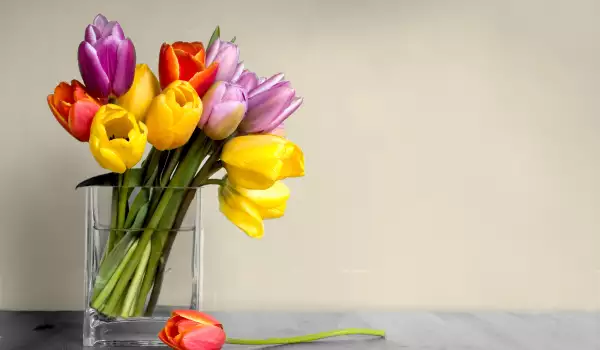Everyone has their own color preferences, whether we're talking about their clothing, the color of their car or house, etc. It's been proven that the colors surrounding us affect our health and mood.
The earliest method for color diagnosis was developed by Swiss psychotherapist Max Lüscher more than half a century ago. Through it we can figure out the mental state of an individual in a given moment. All that's required is for the person to fill out a simple test.
The test is based on the principle "I like it/don't like it" - there are 8 squares all containing a different color - from the most pleasant to the most repulsive. 4 of the colors - dark blue, blue-green, orange-red and light yellow in the palette determine the person's character. 4 additional colors - black, grey, brown and violet provide information about its current state at the moment the test is administered.
Today, color therapy is called chromotherapy and is quite popular. There are many proven facts about the influence of colors on the body and nervous system. For example, that the red part of the visible light spectrum arouses and warms, while the blue calms and cools.

Psychologists posit that when a person gets sick of a particular color they automatically begin seeking contact with its complementary color. And this leads to specific changes in mood, as each and every color corresponds to a particular development. For example, the color red always affects the physical state, yellow - the mental, blue - the emotional.
The color violet, in turn, has the ability to boost intellectual activity but it can also be quite dangerous. Frequent contact with it leads to depressive states. With that in mind, painting large areas at home with it, especially in a kid's room, is not recommended. A child's psyche is most vulnerable and most severely affected by contact with colors.
Dark blue, in turn, lowers blood pressure and relieves pain. It also has a positive influence on the spinal column. Because of its alleviating properties it's used in treatments for migraine, heart attack and inflammation.
Light blue shades calm. But spending excessive amounts of time in a "blue environment" can instill feelings of a lack of space and as a result - worsened mood.

The warm sun's rays are associated with the color yellow. It is a sort of heat stimulator. People who are always cold need to wear clothes of this color. The warmth that yellow carries has a beneficial influence on the solar plexus and the liver, gallbladder, spleen, stomach; it improves vision and tones the skin.
The color of fire - bright orange, has a relieving action on breathing and soothes the psyche. It's recommended for painting the walls of a room, especially the bedroom.
The color green is exceptionally beneficial for the heart and it relieves pain. And why wouldn't it be? It is the color of nature and vital energy after all.
Red brings a feeling of warmth and is recommended for low blood pressure (hypotension). But overuse of it can worsen chronic illnesses.













